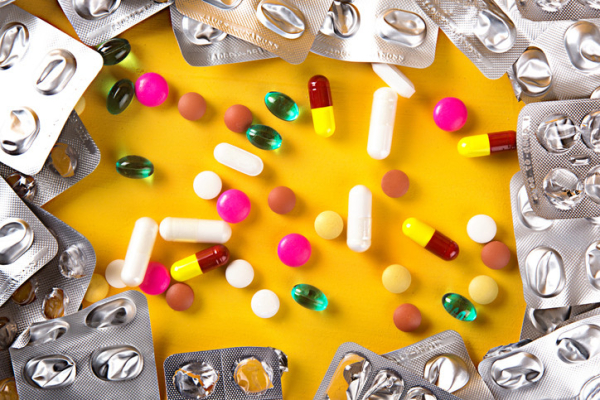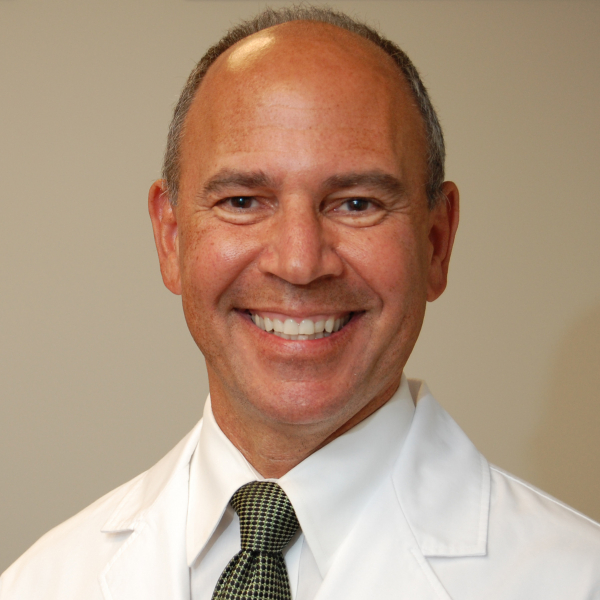
Scientific advances have brought us scores of new drugs in recent years. In the US, one major agency — the FDA — is responsible for making sure that the drugs they approve are safe and effective. Yet there were more than 14,000 drug recalls in the last 10 years, according to FDA statistics. That averages out to nearly four drug recalls a day!
Why are drug recalls so common, and how can you maximize safety when taking the medicines you need?
Why do so many drug recalls occur?
The FDA approves prescription drugs if research shows a medicine is safe and effective. Usually the risks are well known by the time approval is granted. For over-the-counter drugs, the bar is lower: proof that they work is not required, but the FDA still maintains oversight for safety.
Drug recalls are common because:
- Rare side effects may be missed in clinical trials. Studies leading to drug approval might have hundreds or thousands of study subjects. But a rare problem may not be detected until tens of thousands of people have taken a drug.
- Study subjects tend to be healthier than the general population. When you’re trying to figure out if a drug works, the chances of success are higher and reliability of results is greater if study subjects are healthy. Once a drug is approved, people taking it may be older, less healthy, or taking multiple drugs for health issues.
- Problems during or after manufacturing can make a safe drug harmful. Examples include bacterial contamination, incorrect labeling, and improper storage.
- Bad behavior by drug makers may affect drug safety. For example, multiple over-the-counter supplements marketed for male sexual performance were recalled in recent years because they were laced with prescription drugs for erectile dysfunction.
Are most drug recalls high-risk?
Fewer than one in 10 poses a serious health risk. The FDA grades risk severity for recalls as follows:
- Class I is dangerous and poses a serious health risk (a hand sanitizer contaminated with methanol)
- Class II might cause a temporary or slight risk of serious harm (a diabetes medicine stored at the wrong temperature)
- Class III is unlikely to cause any harm to health, but there is a violation of FDA requirements (an ointment for dermatitis in damaged tubes).
Between 80% and 90% of drug recalls are Class II.
In 2022, 6% of recalls were Class 1, 86% were Class II, and 7% were Class III.
How do drug recalls happen?
The FDA inspects drug manufacturing facilities every two to three years. The agency also tests thousands of drugs each year.
Problems spotted during inspections, concerns identified by drug makers, or problems reported by patients or health care professionals can prompt a recall. The FDA then assigns a risk classification, supervises actions taken by the drug maker to remedy the problem, and monitors the product to make sure the problem is eliminated.
Drug recalls in the US are almost always voluntary. That means the drug maker acknowledges the problem and takes corrective action rather than waiting for a possible mandate from the FDA.
How can you stay informed about medicines you use?
Here are some practical measures to take:
- Sign up to receive texts or emails about recalls, market withdrawals, and safety alerts from the FDA.
- When filling prescriptions, take a good look at your medicine. Pills should not be discolored or crumbling, or have an unusual odor. If your prescription hasn’t changed, a refill should look similar to what you’ve taken in the past. If you suspect a problem, contact your pharmacist or the health care professional who prescribed it. And if you do confirm a problem, you can report it to the FDA.
- If you learn of a recall for a drug you take, check the lot number on the package to see if your medication is affected. If the risk is classified as high (Class I), contact your doctor right away for advice. For many recalled drugs, there are safe and effective alternatives.
- A recall notice will tell you if the medicine can be replaced or if you can be reimbursed. If you are instructed to dispose of medication, do so safely.
Another way to limit your potential exposure to recalled drugs is to take fewer drugs. Review your medication list with your doctor regularly and take only what you truly need.
The bottom line
News on drug recalls may not inspire confidence. It might make you wonder if the drugs you take are safe. In general, yes: the vast majority of medicines on the market have an excellent safety profile. But with more than 1,000 drug recalls every year, there’s plenty of room for improvement by drug makers and good reason to encourage better regulation of the industry.
Follow me on Twitter @RobShmerling
About the Author

Robert H. Shmerling, MD, Senior Faculty Editor, Harvard Health Publishing; Editorial Advisory Board Member, Harvard Health Publishing
Dr. Robert H. Shmerling is the former clinical chief of the division of rheumatology at Beth Israel Deaconess Medical Center (BIDMC), and is a current member of the corresponding faculty in medicine at Harvard Medical School. … See Full Bio View all posts by Robert H. Shmerling, MD














